Why You’re Losing Trout—and How to Stop It
If you've been fly fishing for trout long enough, you’ve heard (or said): "Some fish are just going to get away and there’s nothing you can do about it." True. But let’s be honest—some anglers lose way more fish than others. If you find yourself hooked up but coming up empty more often than your fishing buddy, it’s not just bad luck. There’s a reason.
Actually, there are several.
In this article, I’ll break down the top reasons anglers lose trout after the hook-up—and how to fix them. Whether you're just learning to fly fish or trying to land more of the fish you hook, these tips will help.
🎯 Reason #1: The Hook Set Was Weak or Late
This is the #1 reason people lose trout. The hook simply wasn’t set securely enough in the fish’s mouth.
Instead of catching the corner of the corner or roof of the mouth, the hook catches the lip—and the fish is already in the process of ejecting it by the time you apply pressure. The softer lip is torn or the fish dislodges it easily.
🔧 What to Do:
- Set low and downstream. This puts immediate pressure on the line—even if you have slack or curves in your fly line. A high hook set lifts the line out of the water before tension reaches the fly, which gives fish time to react.
- Improve your mending. Reducing drag and slack in your fly line means a quicker, cleaner hook set. Good drifts = good sets.
🐟 Reason #2: The Fish Was Downstream When It Took the Fly
Hooking a trout that’s downstream of you is tricky. When you set the hook, you’re often pulling the fly straight out of its mouth—not into the corner where it can catch.
🔧 What to Do:
- Fish upstream when possible. Position yourself so that you are fishing above or across from you. That way, you’re pulling the hook into the mouth instead of out of it.
- Set toward the bank (the near side). This helps angle the hook into the corner of the mouth, increasing your chances of a solid connection.
- Try a strip set. On downstream takes, a fast strip set can improve your odds. It won’t fix the angle, but it will speed up the connection before the fish can spit the fly.
⚡️ Reason #3: You’re Losing Pressure During the Fight
After the hook-up, any slack in your line gives the trout a chance to throw the hook. Trout are experts at using current, jumps, and head shakes to make that happen.
🔧 What to Do:
- Keep your rod tip up—always. Your rod and hands should be near head height. This loads the rod, lets it flex and absorb shock, and keeps consistent pressure on the fish.
- Steer the fish, don’t just pull it in. Try to guide the fish upstream into your landing zone. Let the rod do the work and avoid yanking it in. Always avoid the fish getting into the fast water which can take it downstream. This reduces break-offs and increases landing rates.
Final Thoughts
Hooking fish is fun. Landing them is better.
If you're consistently losing trout during the fight, it's not just bad luck—it’s technique. By tightening up your hook sets, adjusting for downstream takes, and maintaining good rod pressure, you’ll start converting more hookups into handshakes.
Want to learn more?
✅ Check out our gear designed for better hookups at MAVRKUSA.com
🎣 Or book a guided day with me at AdventureFlyCo.com—I’ll show you exactly how to land more fish on the water.
By Jeff Sasaki, fishing guide and product designer for MAVRK Fly Fishing

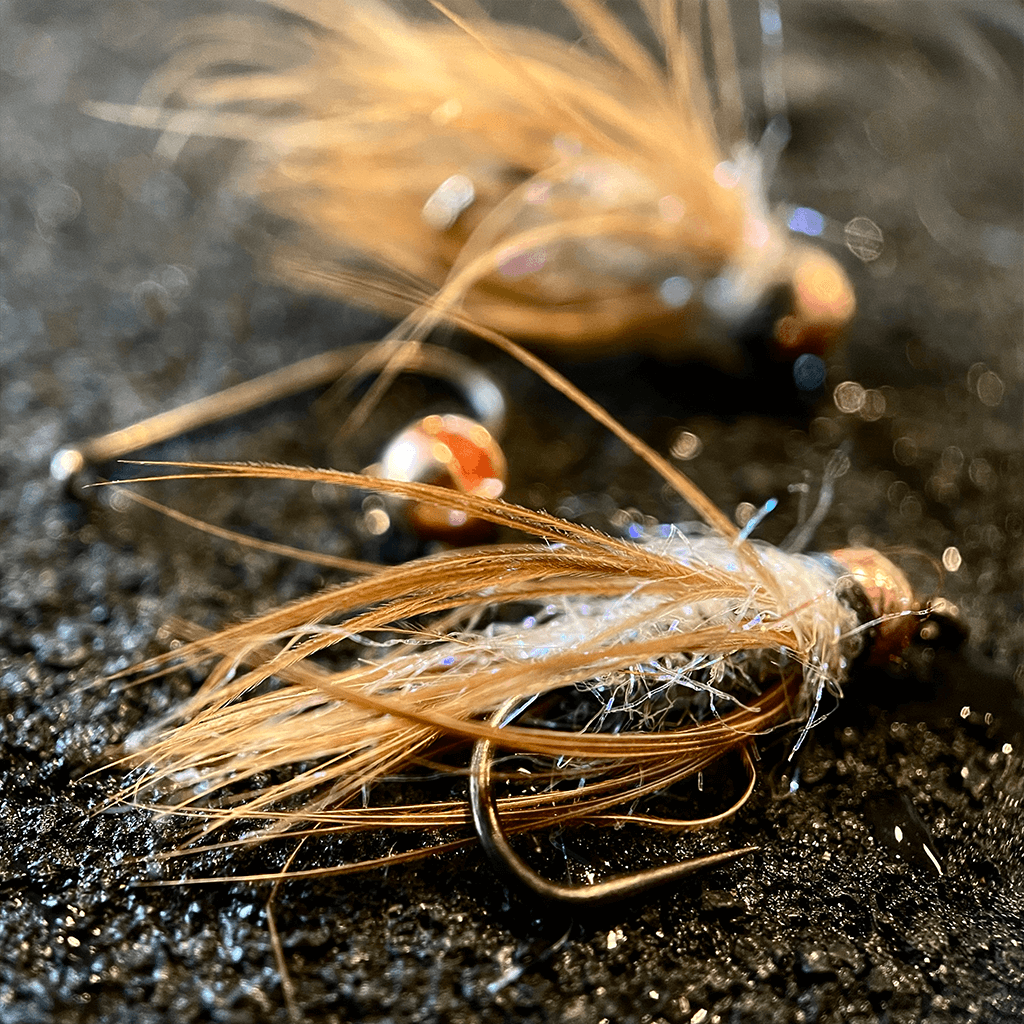
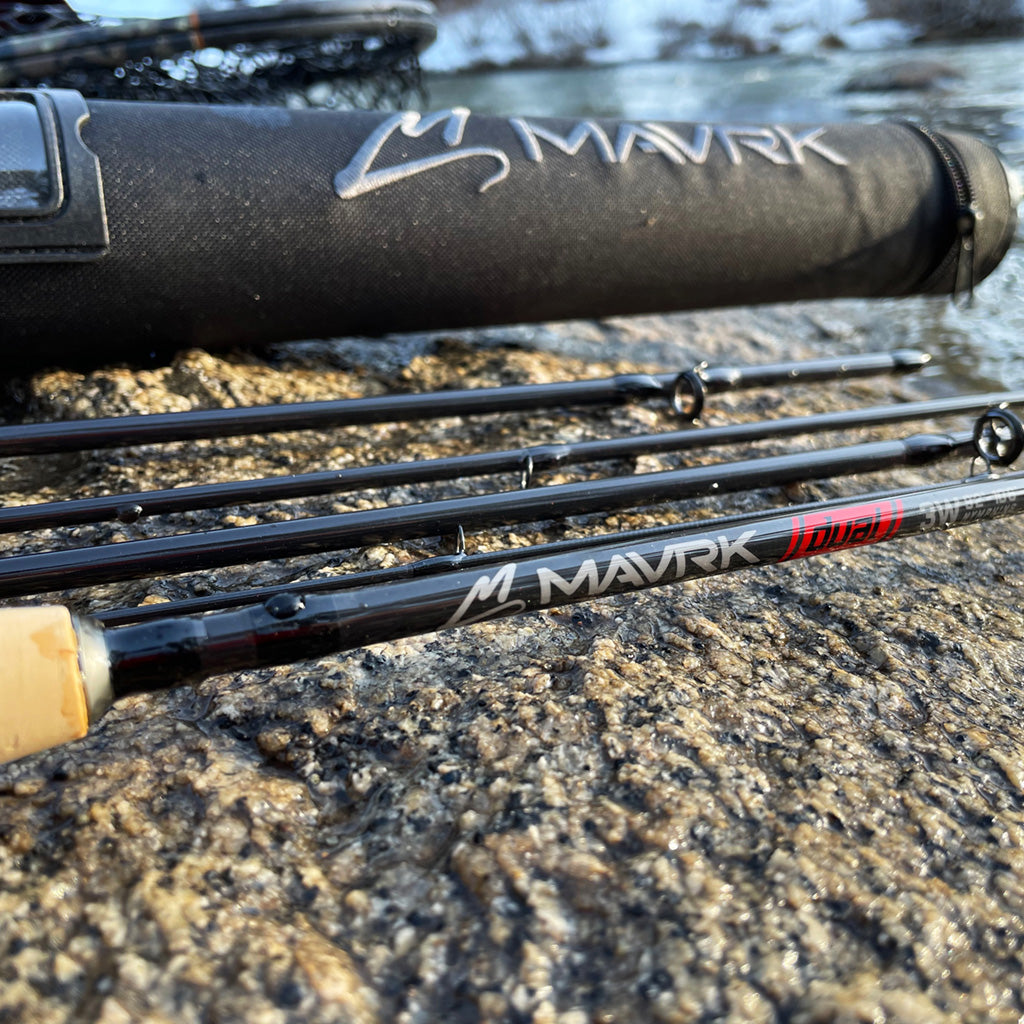
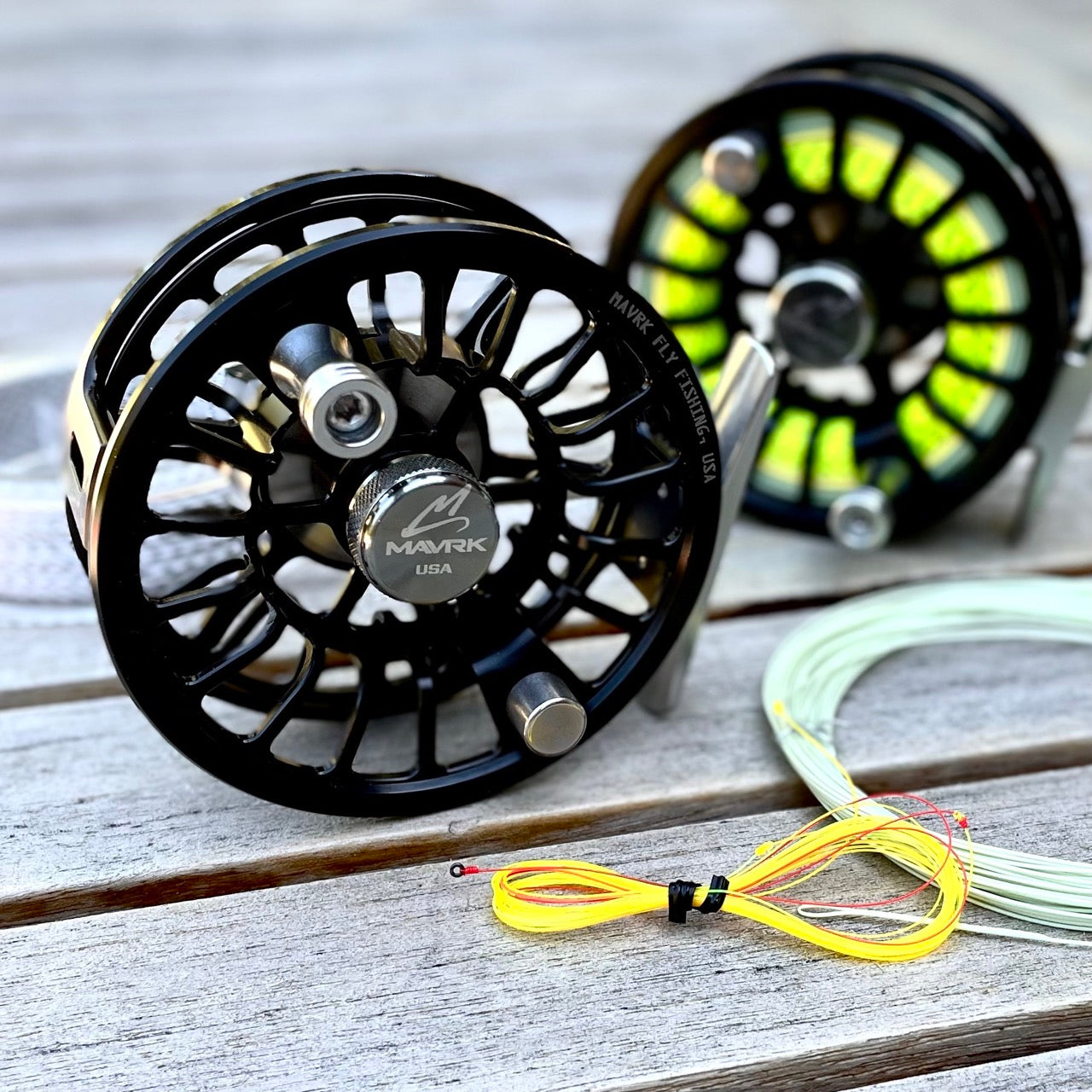
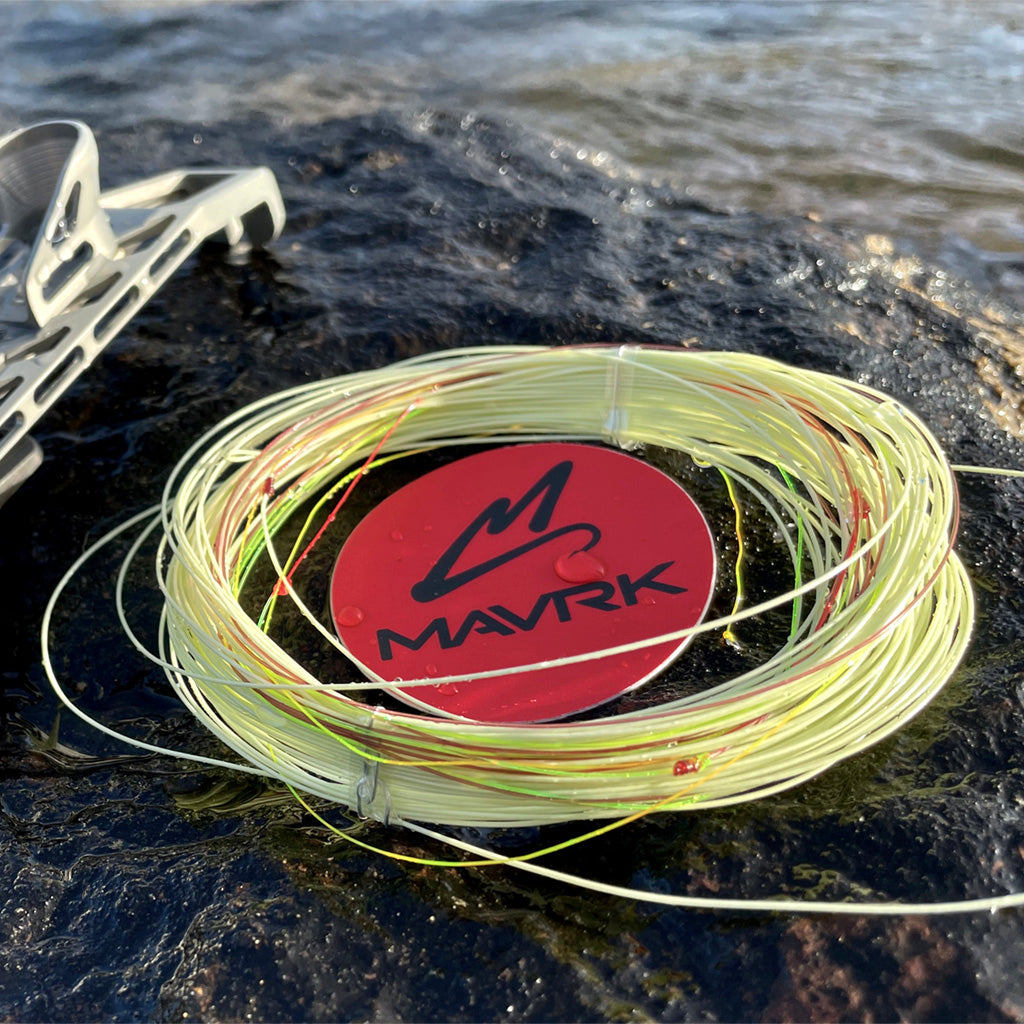
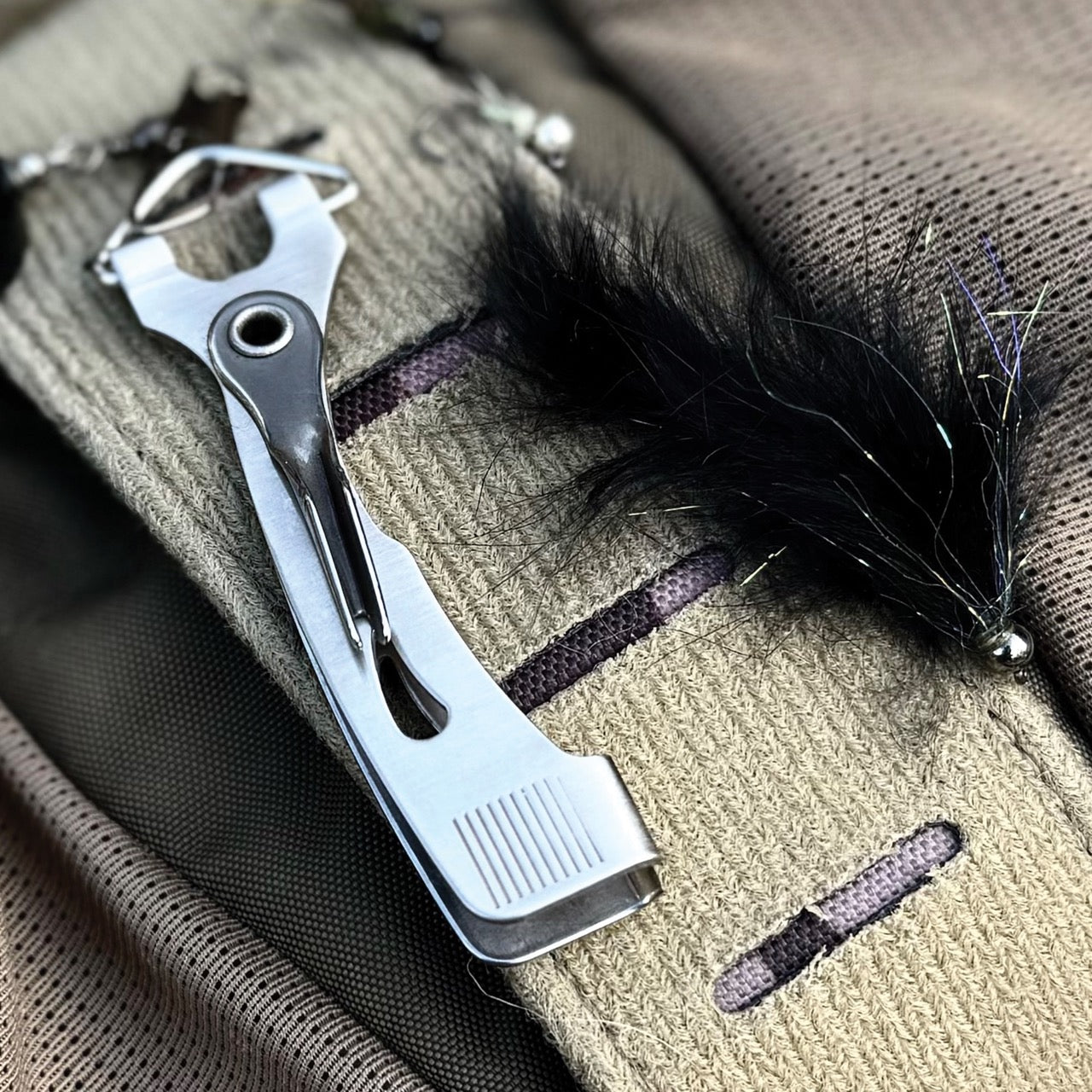


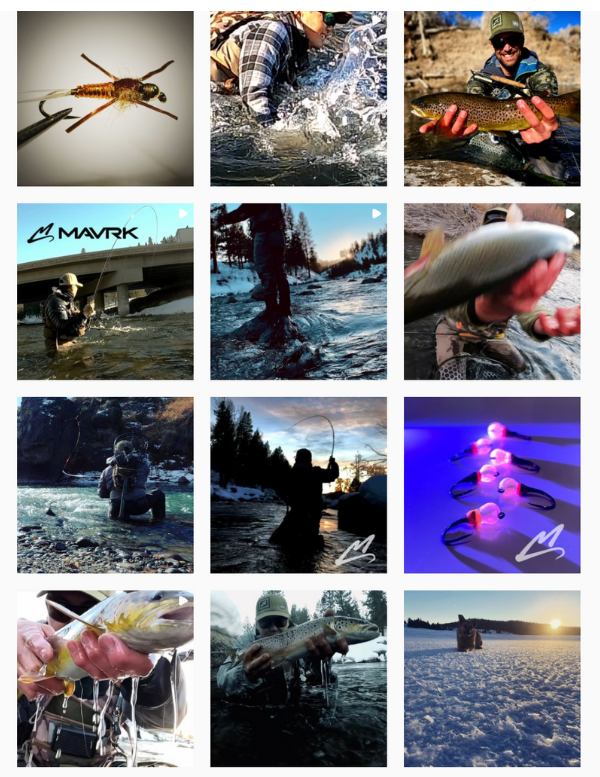
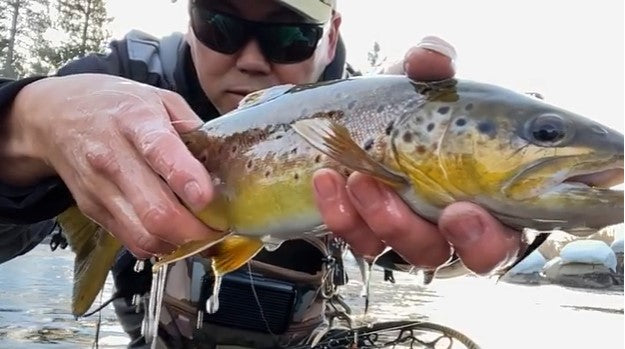
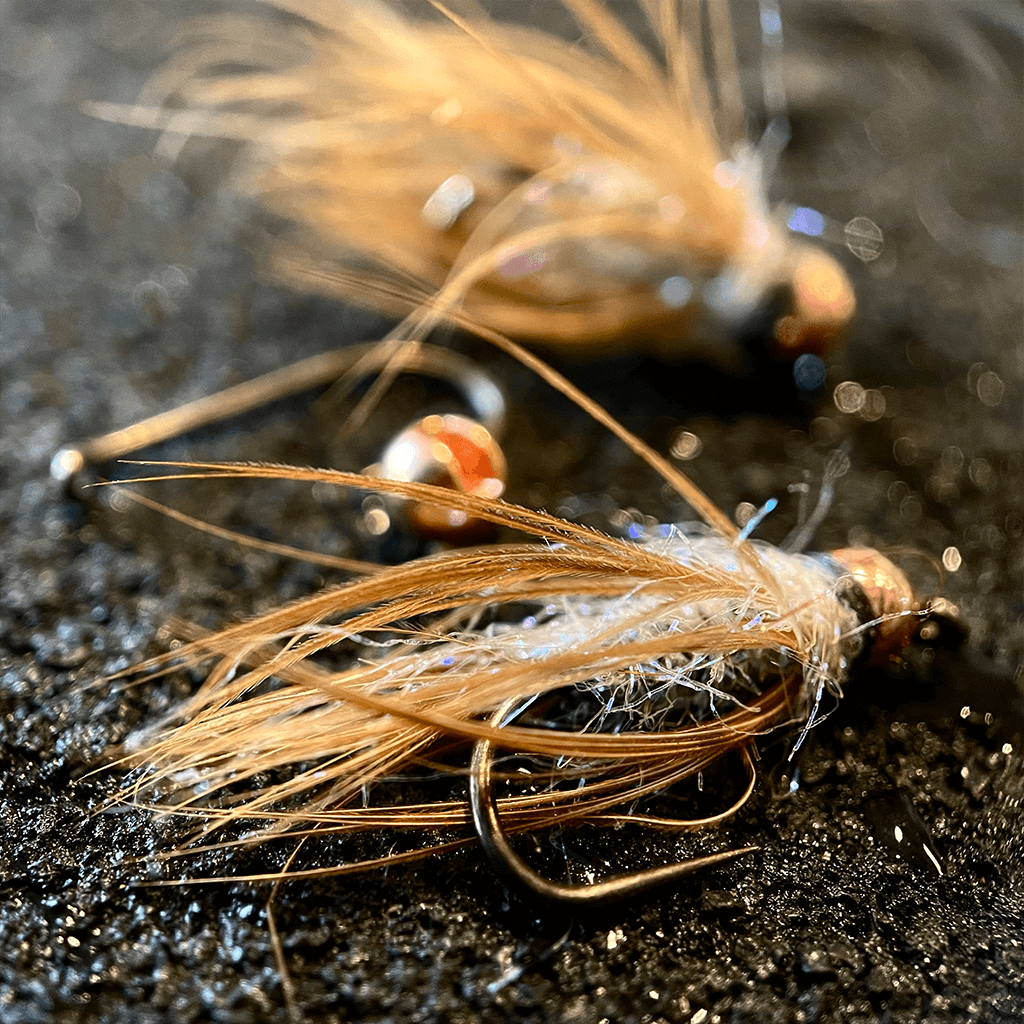
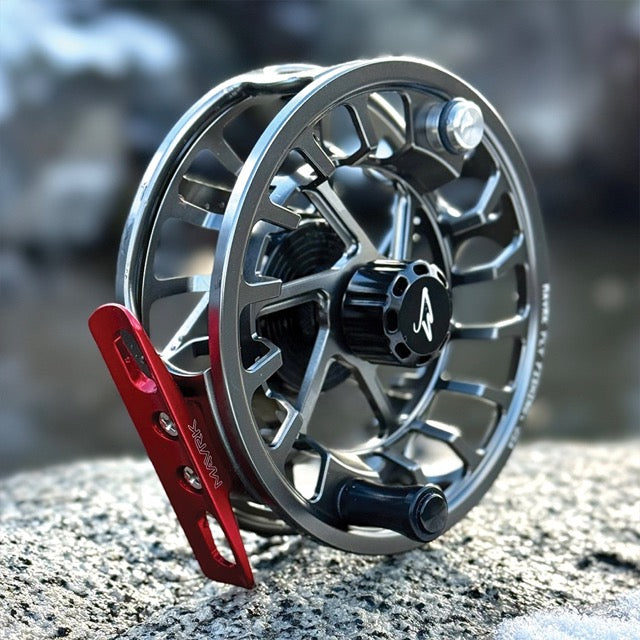
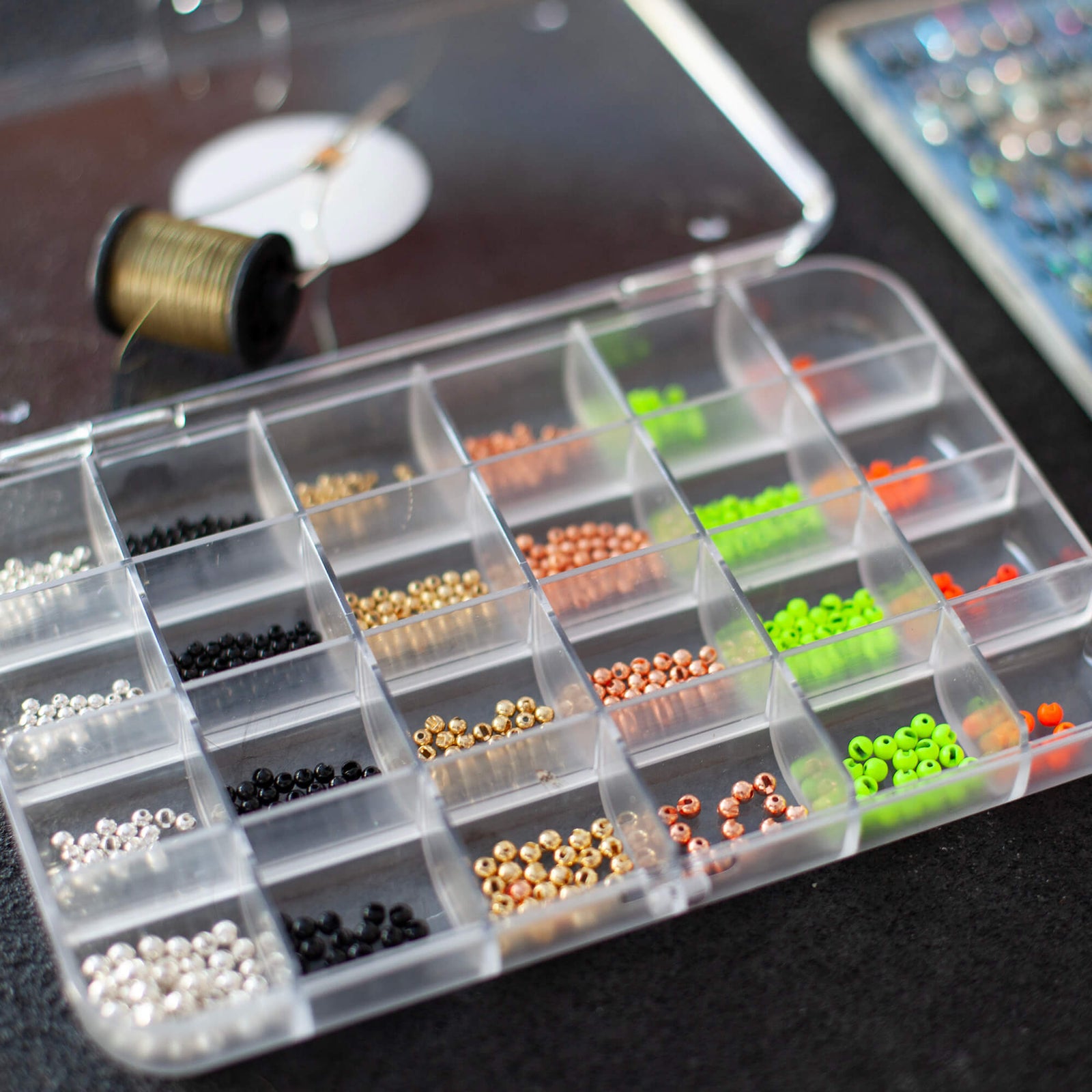
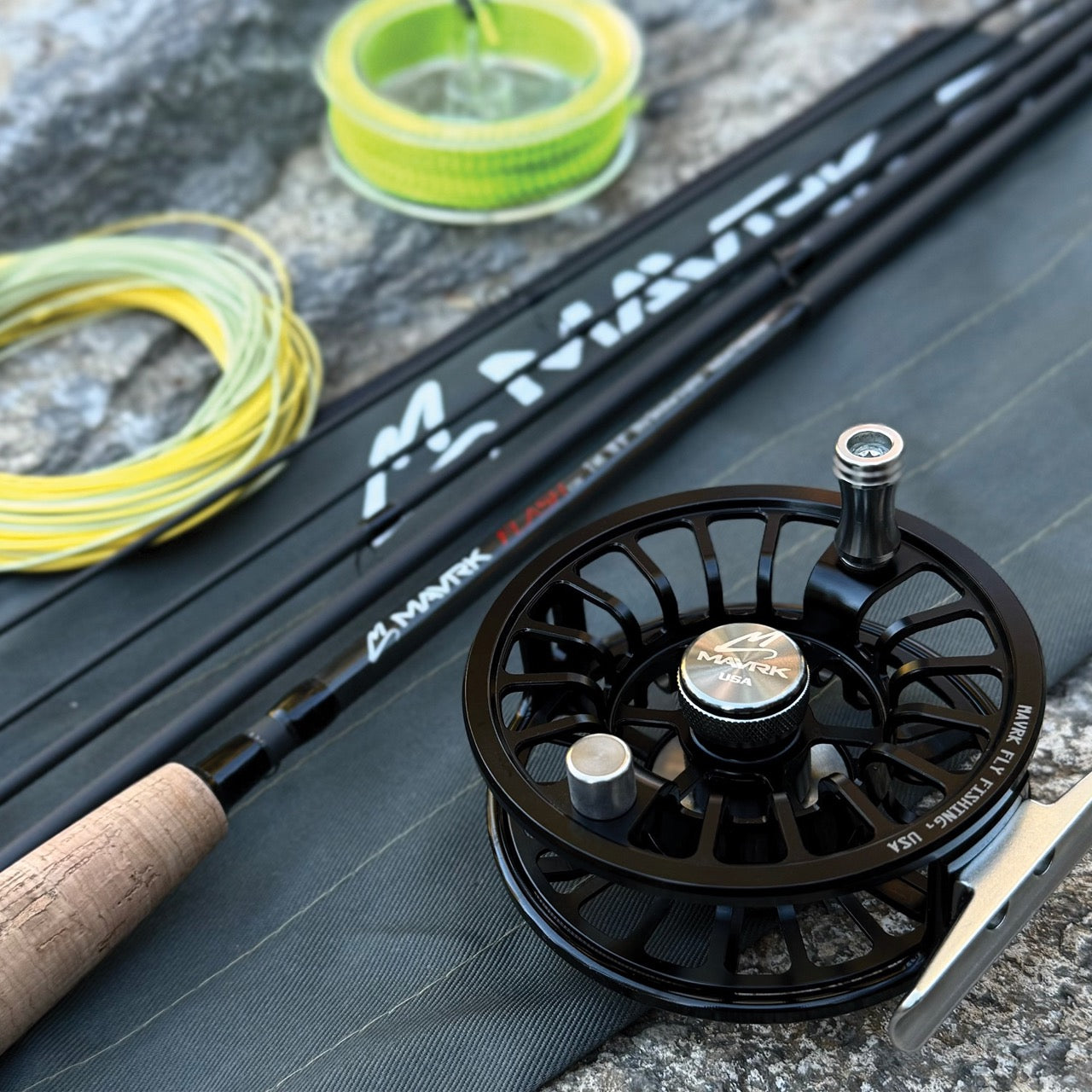
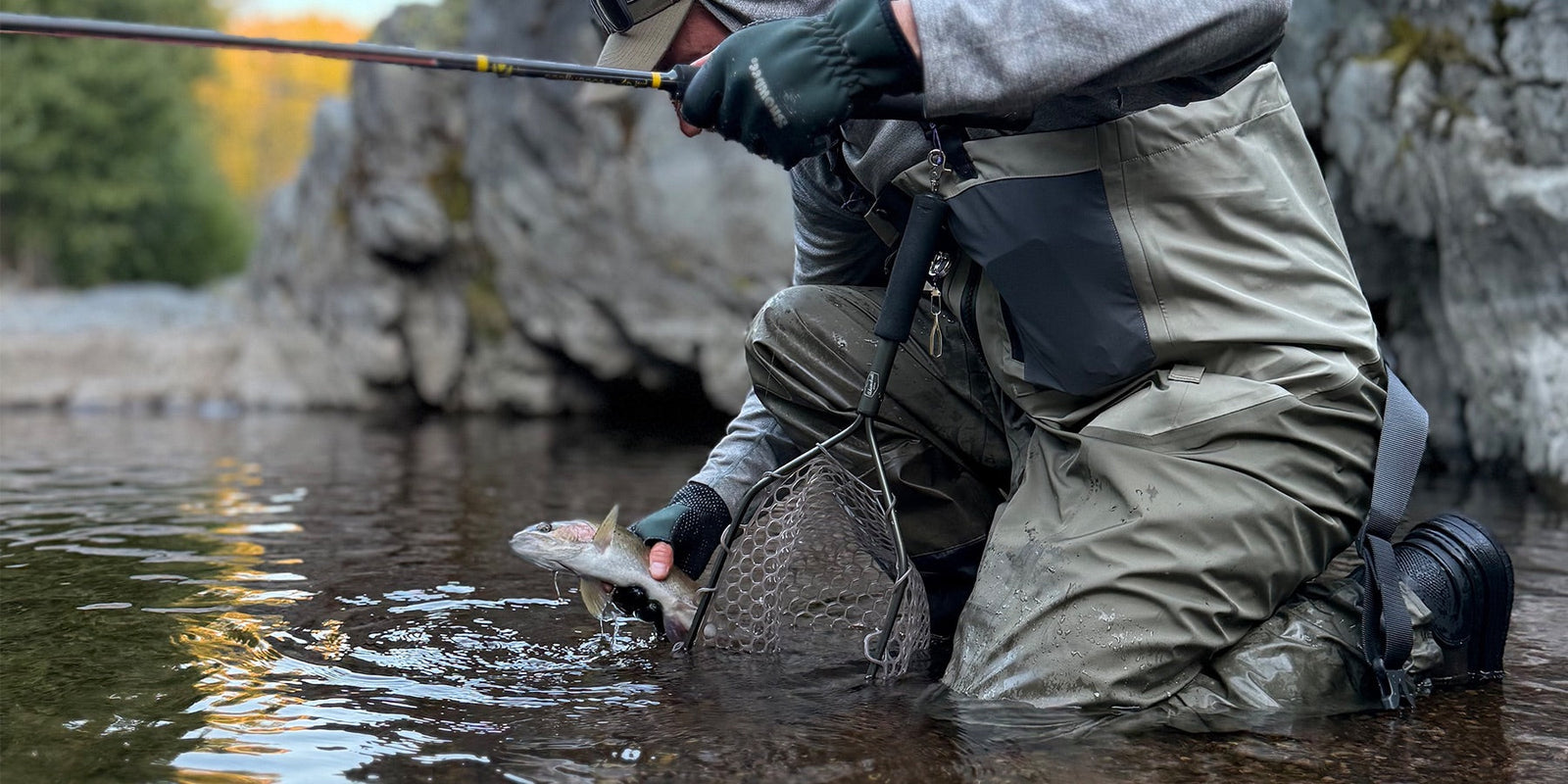
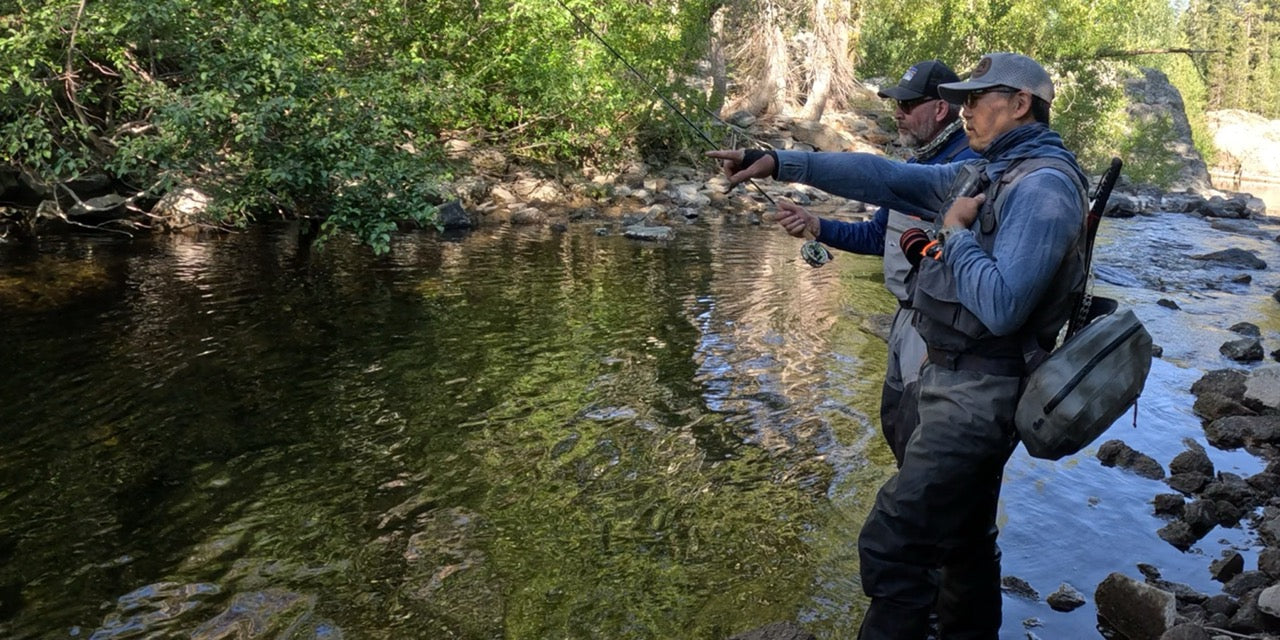
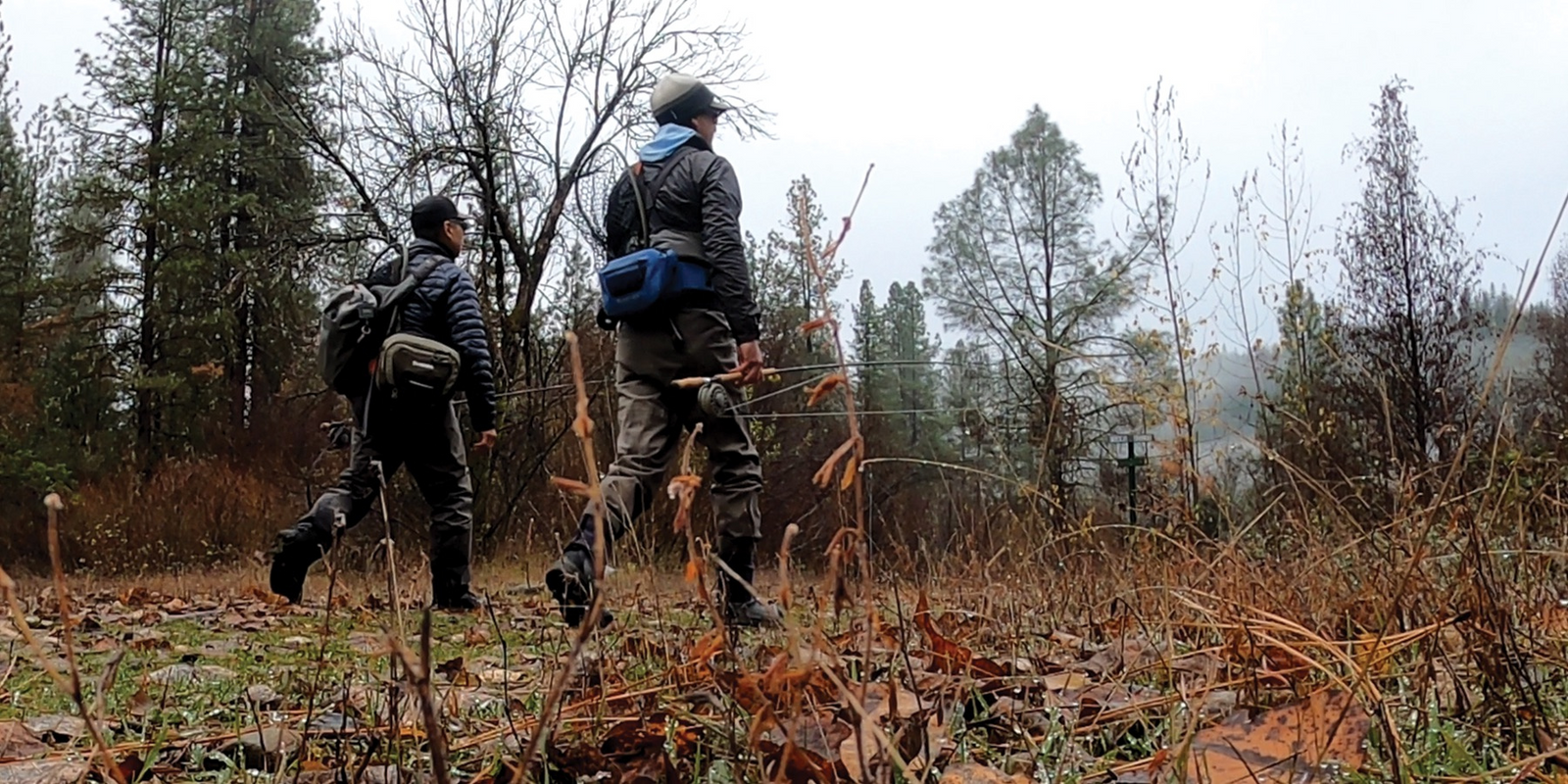

Leave a comment (all fields required)